
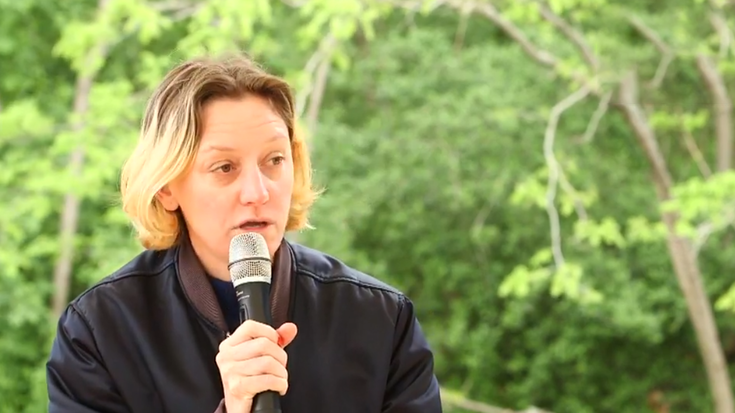
The event took place from 10 a.m. to 6 p.m. GMT+9 and was lead-in by the event’s moderator, Carola Uehlken. The introductory remarks were followed by a series of short clips that served as a conceptual basis for the rest of the event. The clips were shortened versions of the artists’ movies that expressed their understanding of the various matters surrounding border zones. The Floating University itself was strongly tied into the theme of the event, as the location of the venue was once a water basin for the now-defunct Tempelhof Airport - a man-made environment reclaimed by nature. Additional remarks were given by the co-director of the Floating University, Rosario Talevi.
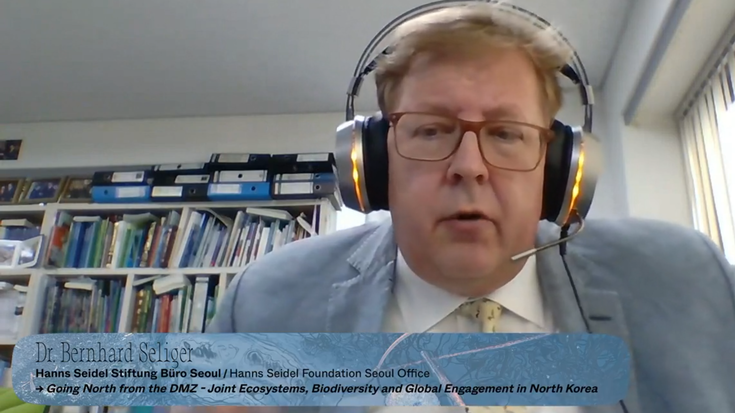
Dr. Bernhard Seliger of the Hanns Seidel Foundation gave a presentation on the Korean Peninsula and the biodiverse areas surrounding the Korean Demilitarized Zone. Dr. Seliger first introduced the World Migratory Bird Day that took place on the 8th of May, where he noted the astounding biodiversity in Seoul’s small nature parks surrounded by man-made structures. He then explained that the various fortifications and fences along the southern border of the DMZ have protected various species of birds and allowed them to thrive without intervention from human activity. Development in North Korea has coincidentally been mostly sustainable for wildlife, but Dr. Seliger stressed that further development in the North should be approached carefully. This perspective comes from the various global examples that illustrate the imbalance between ecology and human activity.
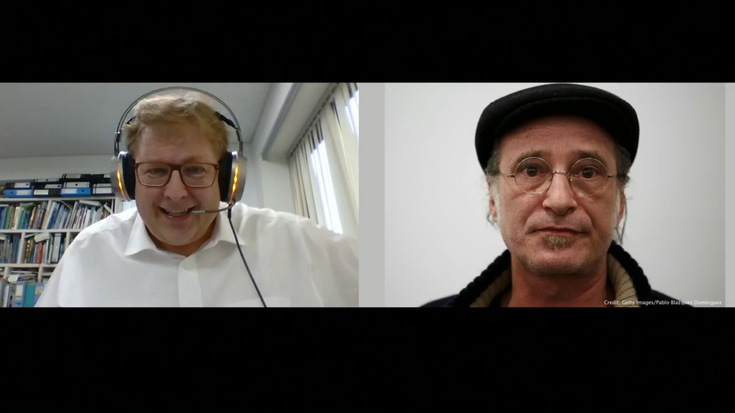
According to Dr. Seliger, environmental matters are a viable platform for cooperation with North Korea and allows for ideological differences to be put in the background. Partnership projects are already underway and have surveyed bird populations along the coasts of both North Korea and South Korea. He highlighted the importance of competence in managing the various wetlands and biodiverse areas in North Korea. Dr. Seliger hopes for the North’s active participation in international organizations to tackle future problems. Spanish artist Santiago Sierra gave a presentation, in which he introduced his ‘No Nations, No Borders’ project. Santiago scrutinized the reality of today’s border areas and the troubles he sees around the concept of the modern nation-state.
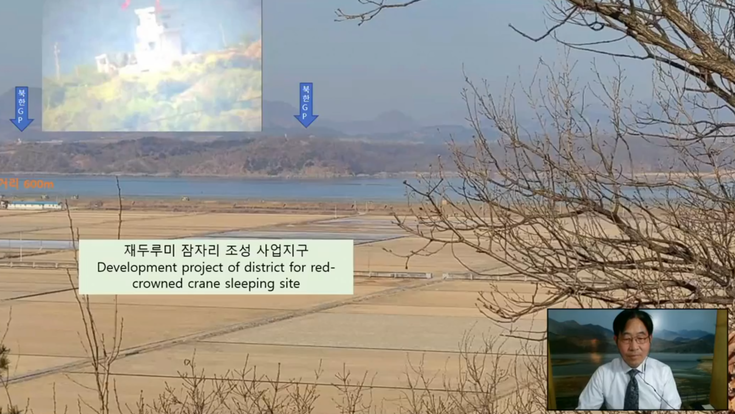
Next, the director of the DMZ Ecology Research Institute, Kim Seung-ho also noted the importance of cooperation through environmental policy. Kim sees the DMZ as a shared area that should be utilized as a tool for peace. The presentation included an introduction of the area’s history and current projects surveying the various plants and wildlife along the border. Kim also noted future economic opportunities, such as plants growing in the border areas could potentially be utilized for medical purposes. Following Kim’s talk on wildlife along the Korean DMZ, artists Kira Wachsmann and Mischa Leinkauf introduced their projects: ‘The moment before the explosion - Trauma, Embodiment, and the Remembering of matter (and what matters)’ and ‘Liberty of movement as artistic practice’ respectively.
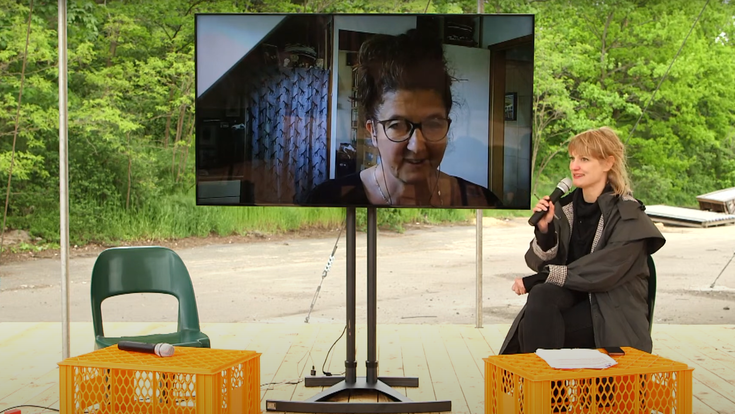
Dr. Liana Geidezis, head of BUND Department Green Belt shared views on matters regarding the European Green Belt, an initiative for nature conservation along the corridor of the former Iron Curtain area. Similarly, nature conservation at the inner German border, which previously separated the East and West. Dr. Geidezis gave an overview of the history of the areas and stressed the importance of preserving Europe’s unique ecosystems along the border areas. Melanie Kreutz of BUND Department Green Belt also discussed the importance of the area as a memorial place for the events that took place during the Cold War. The possibility of the Green Belt becoming a future UNESCO World Heritage Site was also discussed. The current areas along the belt are being utilized for various activities, such as hiking and wildlife observation.

Following the speakers of BUND Department Green Belt, Seoul National University Professor of Landscape Architecture, Kyung Jin Zoh discussed the various art projects and research done along the Korean DMZ. Next, a joint presentation by Ana Alenso & Ricardo Avella covered the issues caused by borders that affect the native peoples of the Venezuelan Amazon Rainforest. The event was concluded by Nadav Tal on the topic of the ‘Green Blue Deal for the Middle East’ and Anne Duk Hee Jordan’s artistic project ‘Peace Canal’.